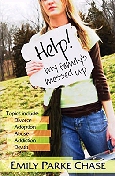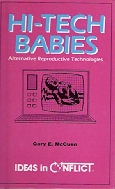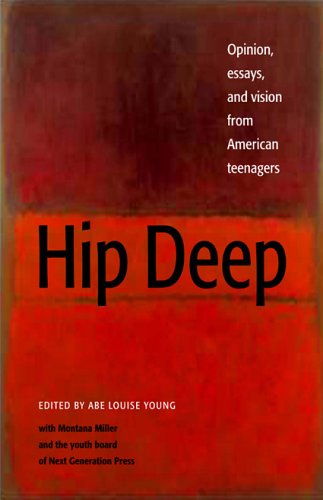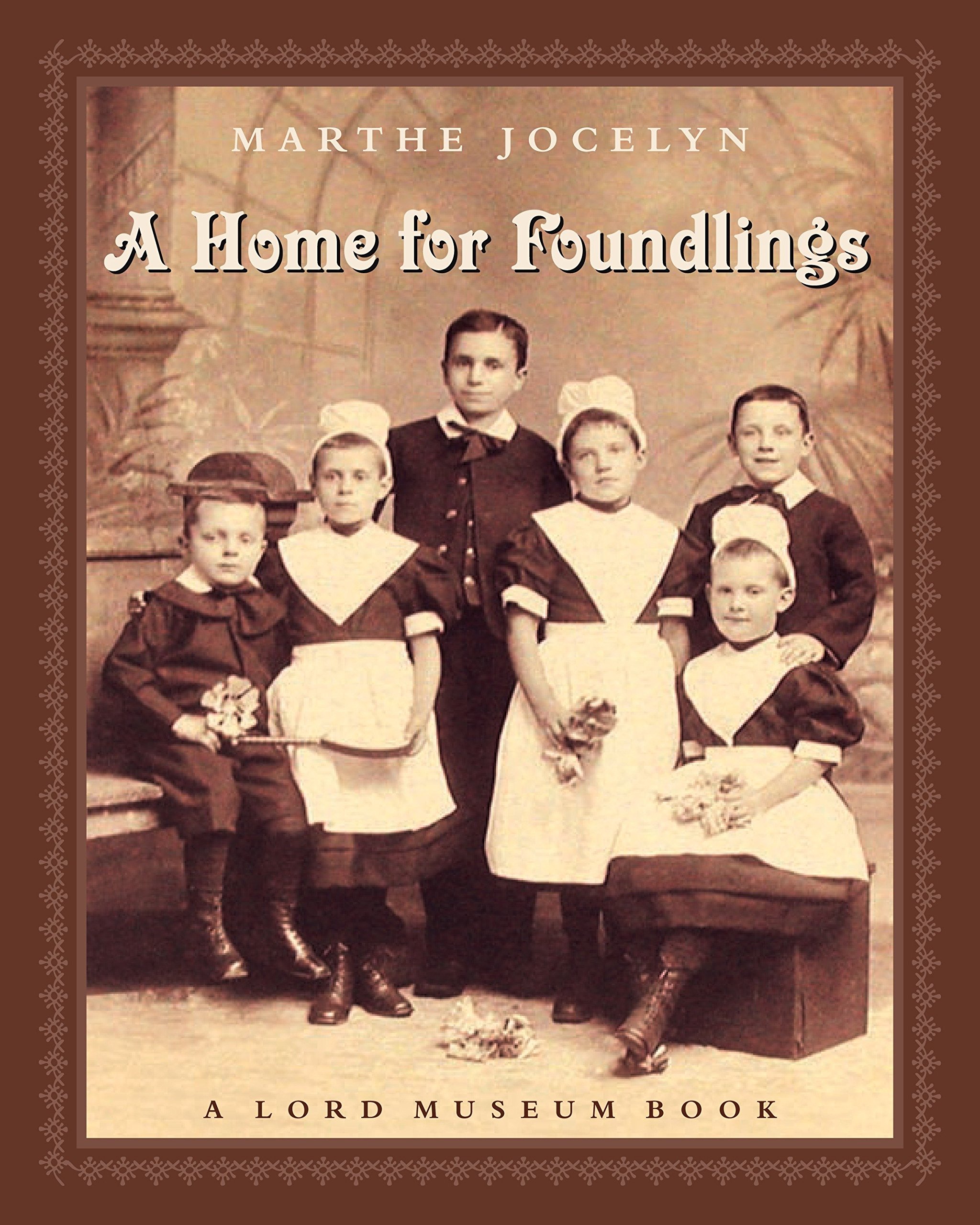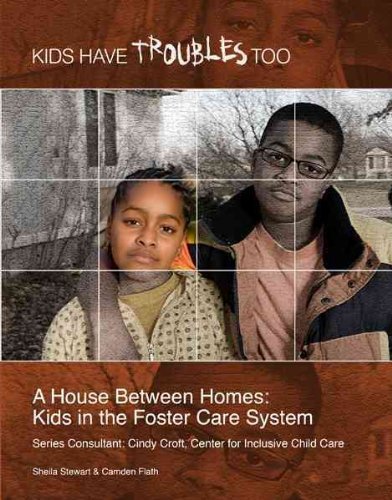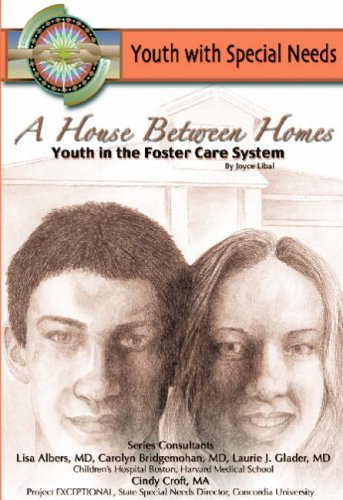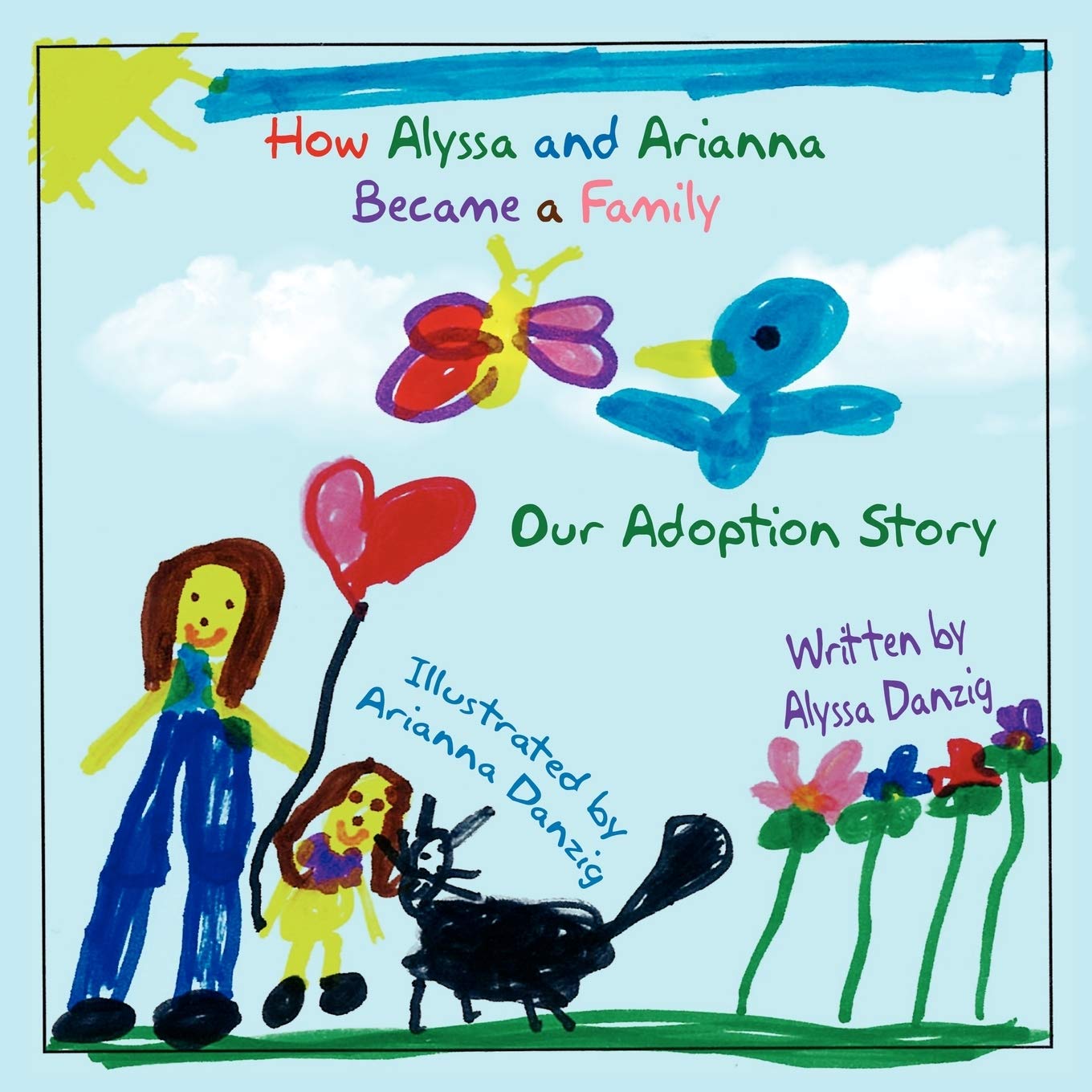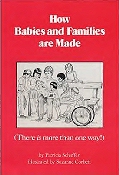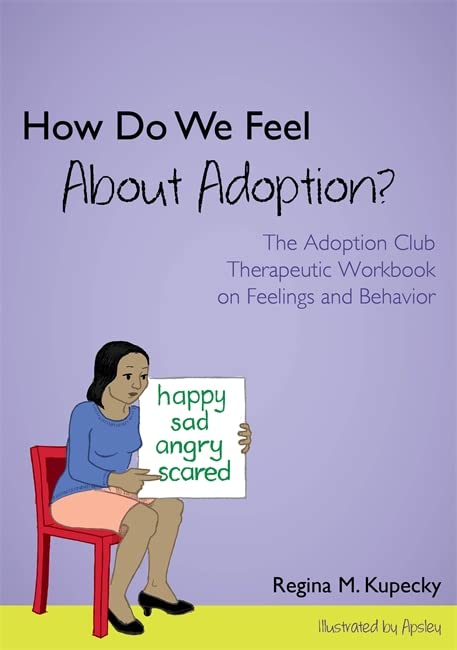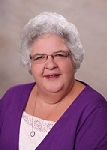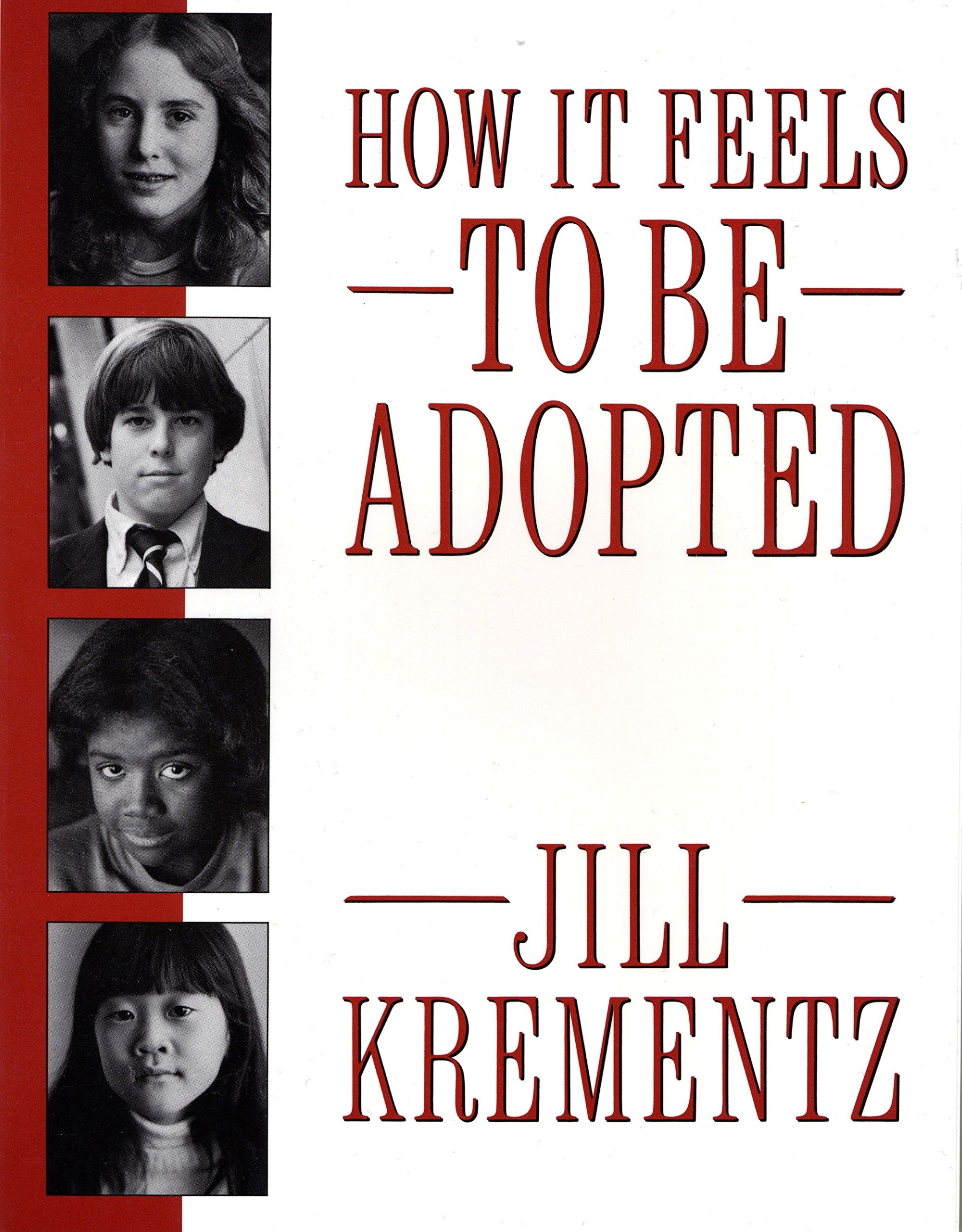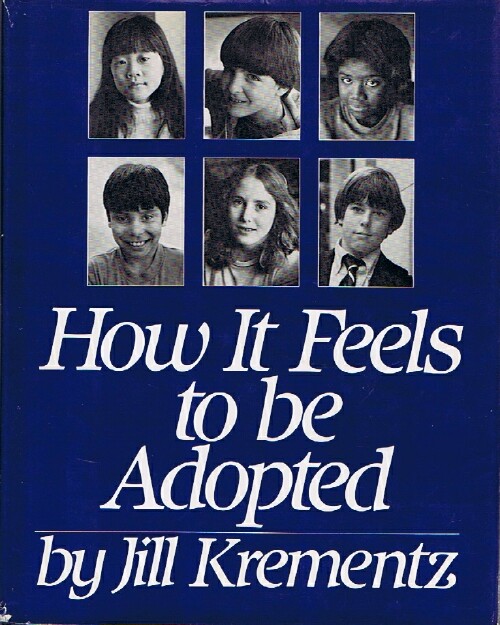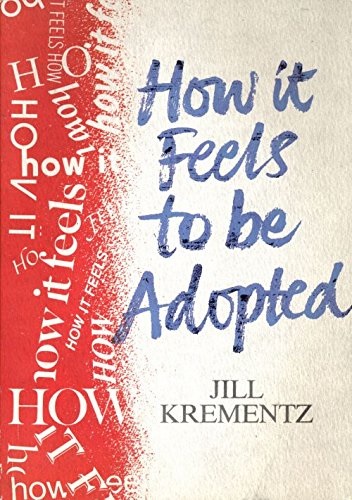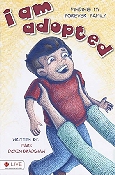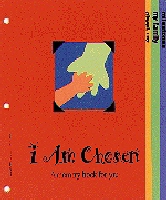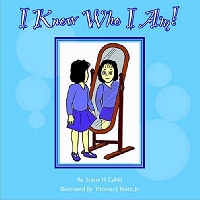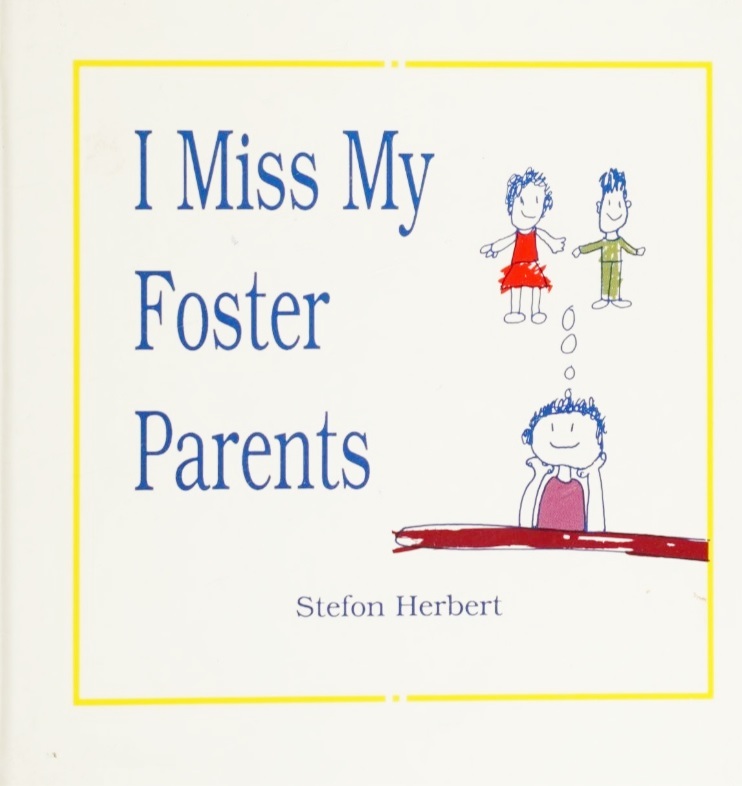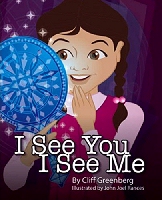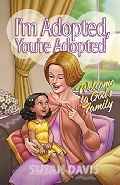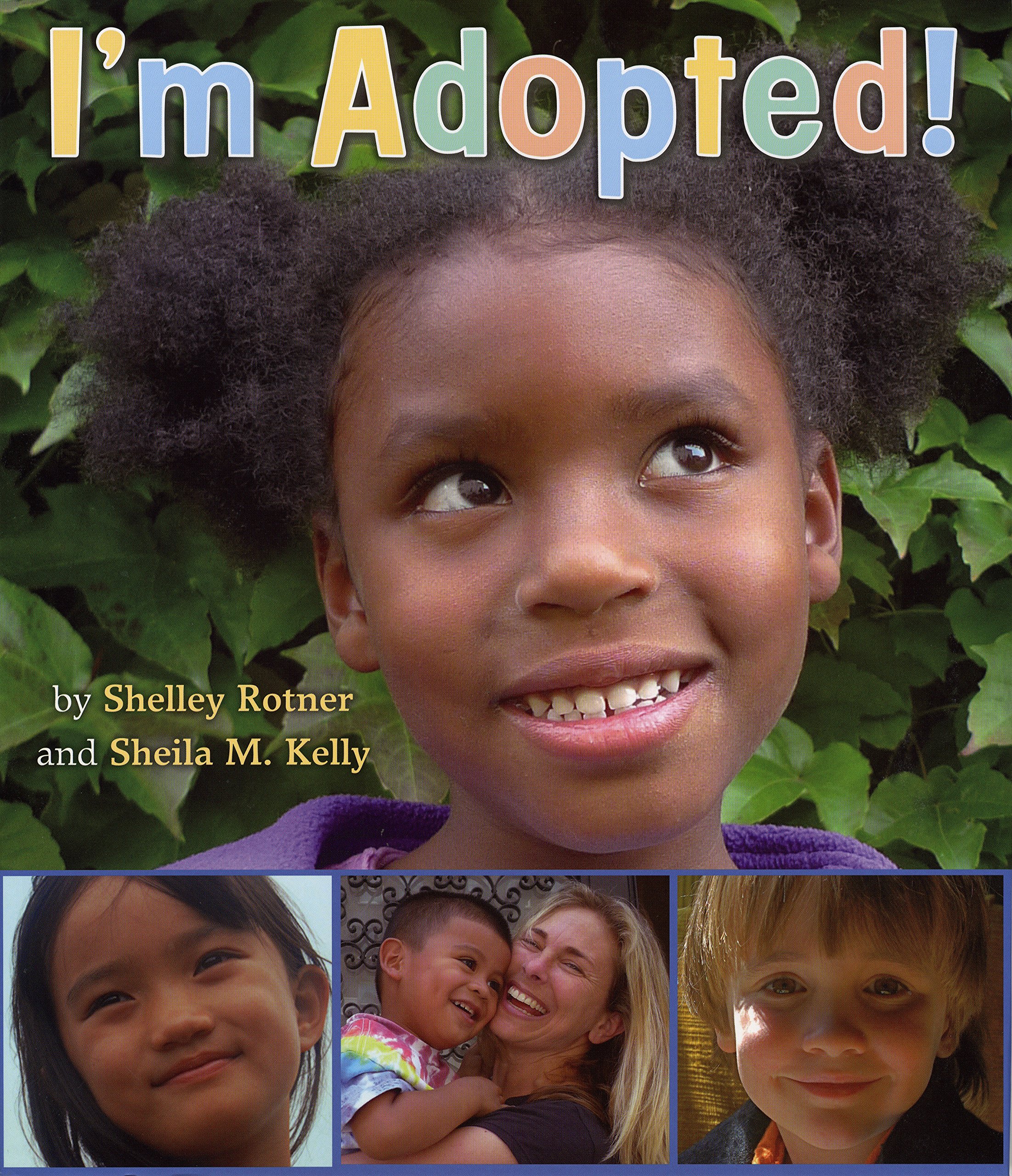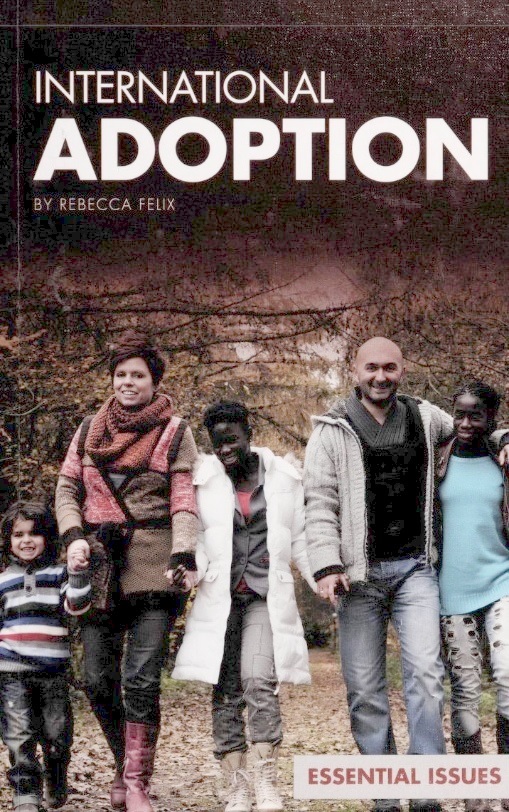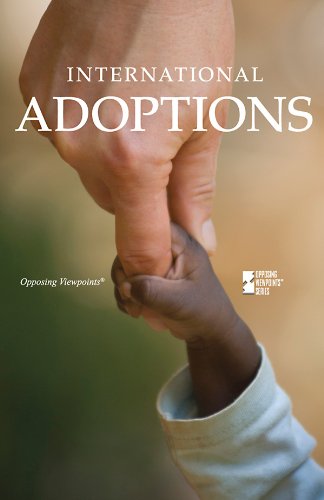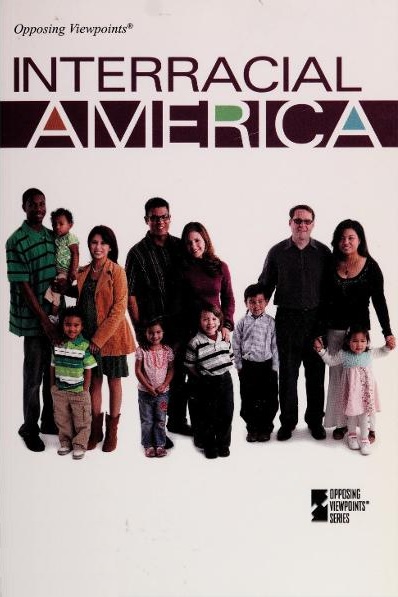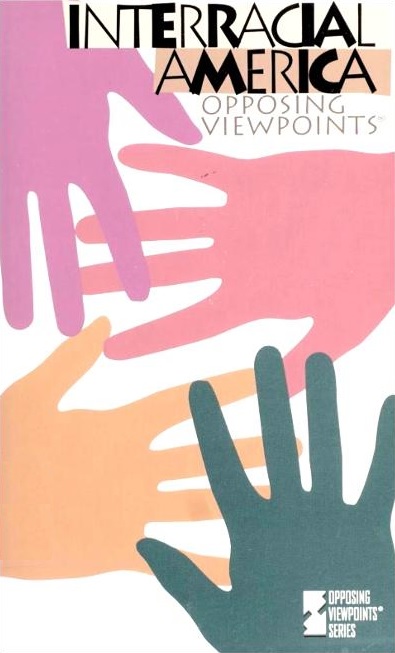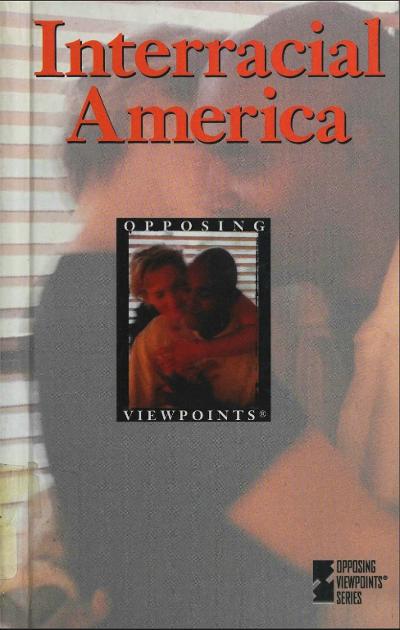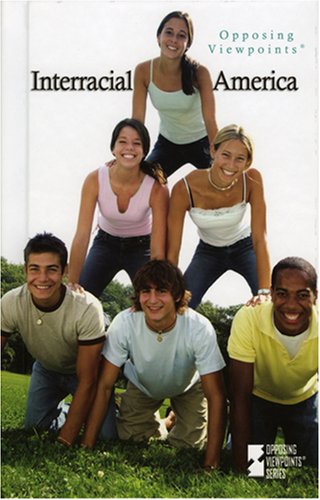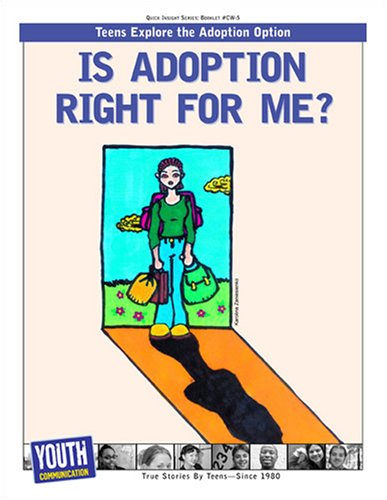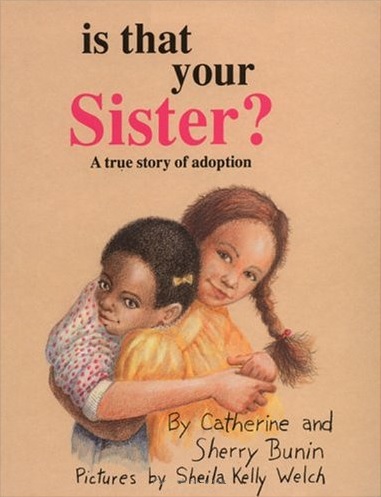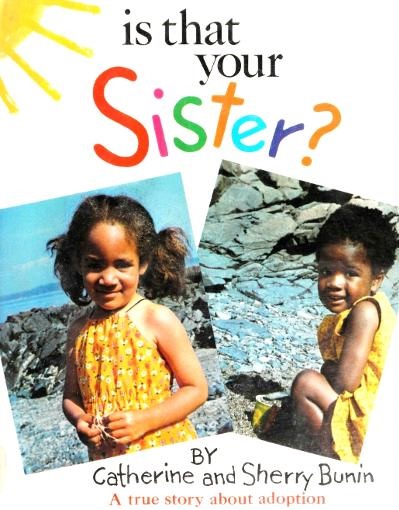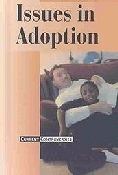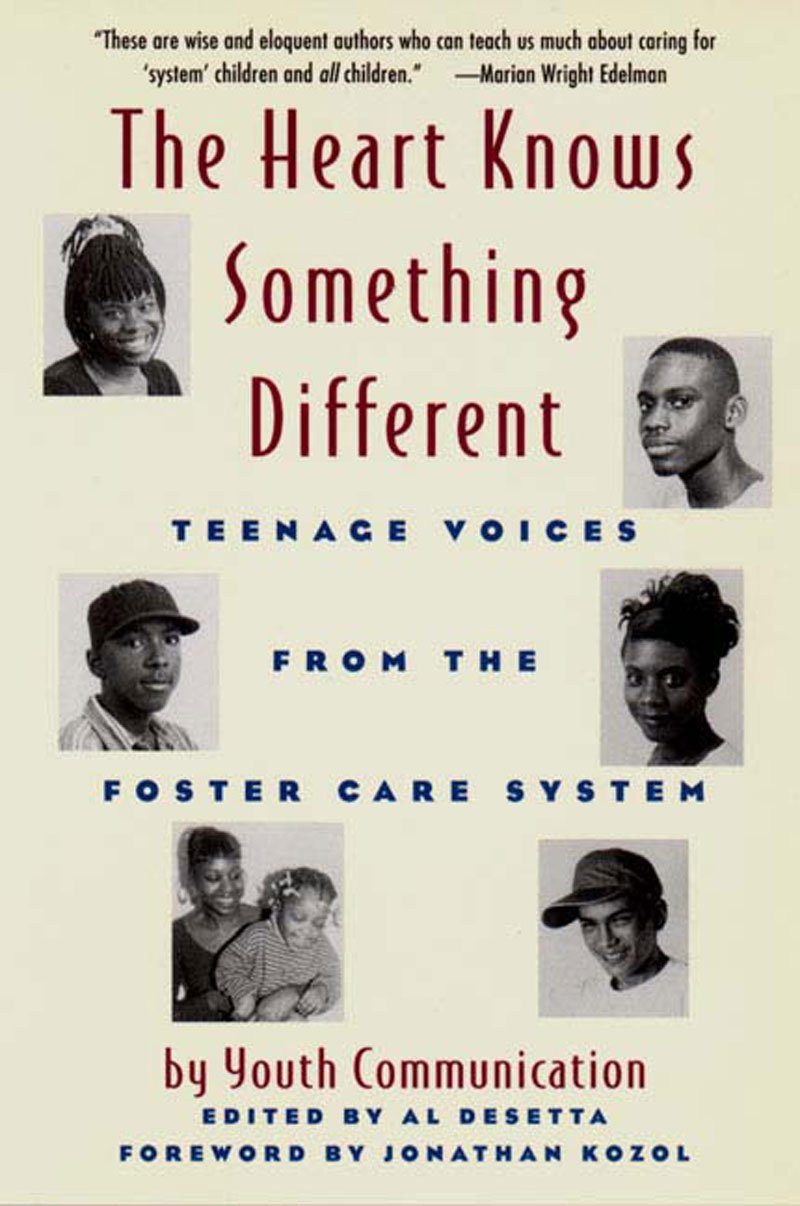 |
|
 |
Now, for the first time, The Heart Knows Something Different gives them a voice. In well-crafted narratives that are remarkable for their candor, range of experience, and hard-won insight, more than three dozen young writers (ages 15-20) provide an insider’s view of growing up in “the system.”
Turning points in the lives of foster children are reflected in these powerful accounts. Shawan Raheem Samuels and Craig Jaffe run away from family problems to live on the streets; one gets arrested, the other finds refuge in foster care. Clarissa Venable finds a father figure in a caring staff member, but an anonymous writer is raped by her social worker. Shaniqua Sockwell and Lenny Jones confront the stigma of being “foster care kids”; they lead “double lives” before they come to accept themselves. Anzula Richardson draws strength from staff and peers as she becomes a teenage mother. And in four interrelated essays, Wunika Hicks describes being taken from her abusive mother, losing her brother to adoption, and her disappointment when she is reunited with relatives after ten years of separation. As her fantasies of reunion collide with hard reality, she comes full circle in redefining both her foster care experience and her expectations of family.
In his Foreword, Jonathan Kozol writes, “The dominant theme in this book ... is the power of transcendent moral courage in so many of these young survivors. ... [T]here is a special miracle at stake when affirmation of this sort is voiced by those who are surrounded by the symbols of destruction as they speak.” Intimate and honest, The Heart Knows Something Different shows us, from the inside, looking out, the mix of pain and fear, and sometimes hope and happiness that the foster care experience involves.
About the Author: The pieces in this volume first appeared in Foster Care Youth United, a bimonthly magazine published by Youth Communication, a nonprofit youth development organization in New York City, whose mission is to teach writing, journalism, and leadership skills.
Al Desetta, founding editor of Foster Care Youth United, has also served as editor of New Youth Connections, the organization’s general interest magazine for teenagers, as instructor in its juvenile prison writing project, and as director of its teacher development program. In 1990-91, he was a Charles H. Revson Fellow at Columbia University.
By the Same Author: Is Adoption Right for Me?: Teens Explore the Adoption Option (2005, Youth Communication); as well as Keeping It Secret: Teens Write About Foster Care Stigma (2005, Youth Communication) and Do You Have What It Takes? A Comprehensive Guide to Success After Foster Care (2006, Youth Communication).

